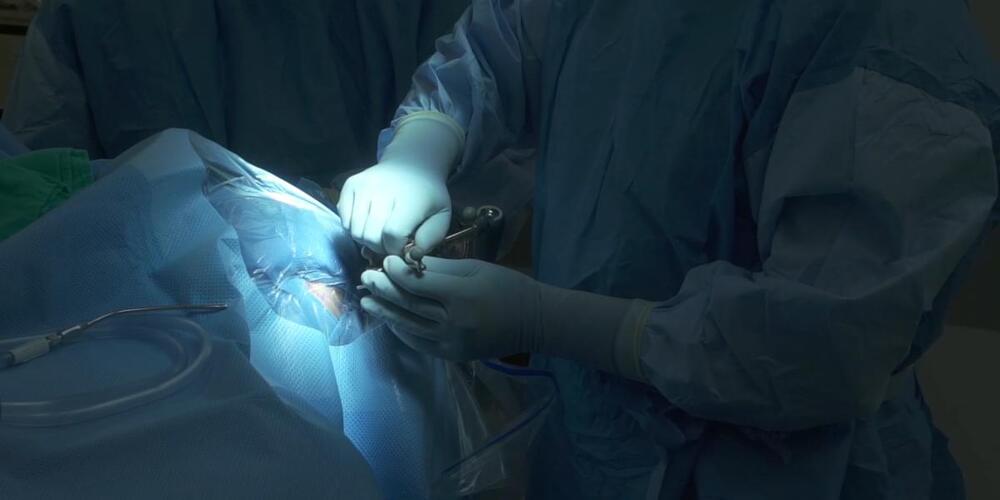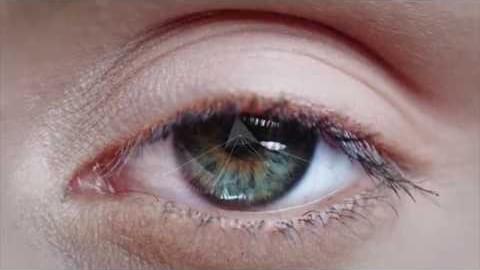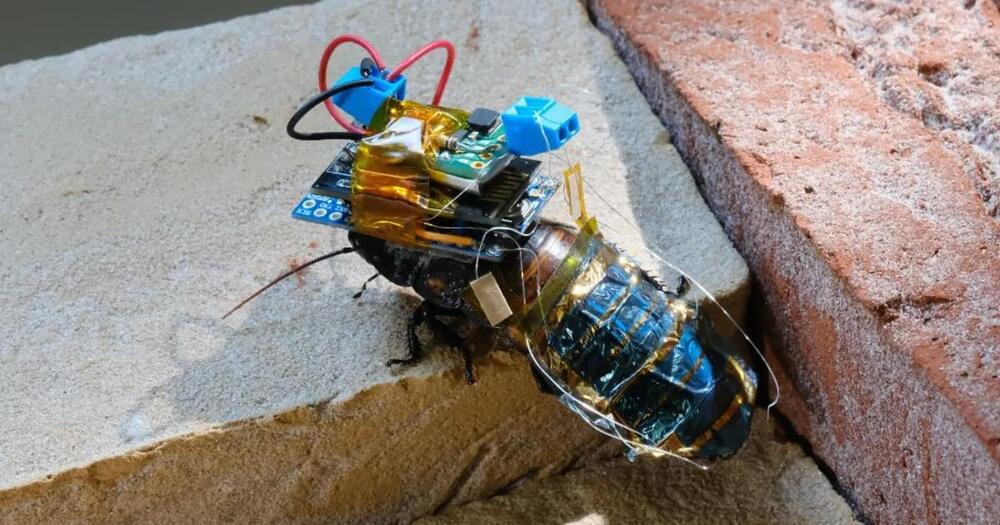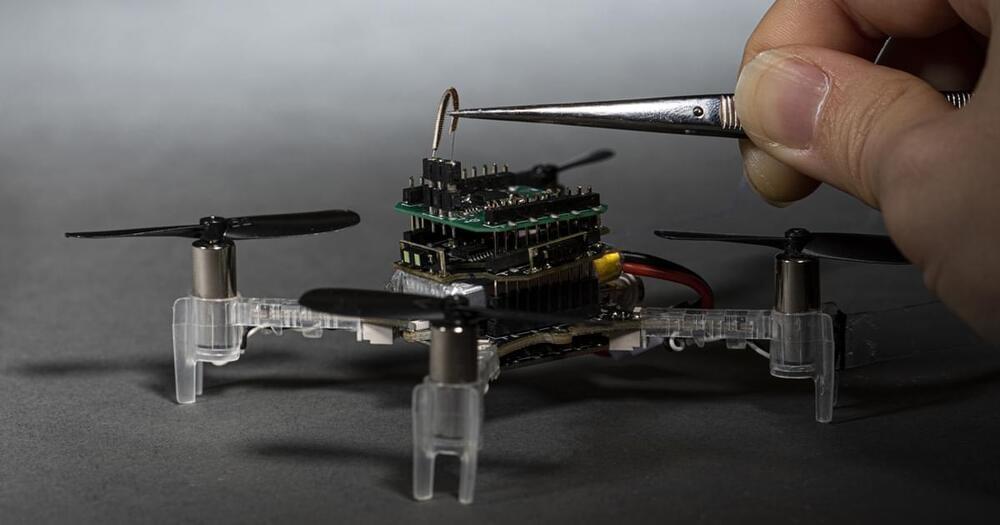Sep 12, 2022
Beyond bionics: how the future of prosthetics is redefining humanity
Posted by Dan Breeden in categories: 3D printing, biotech/medical, cyborgs, robotics/AI, transhumanism
Bionic technology is removing physical barriers faced by disabled people while raising profound questions of what it is to be human. From DIY prosthetics realised through 3D printing technology to customised AI-driven limbs, science is at the forefront of many life-enhancing innovations.
Support the Guardian ► https://support.theguardian.com/contribute.
Continue reading “Beyond bionics: how the future of prosthetics is redefining humanity” »
















